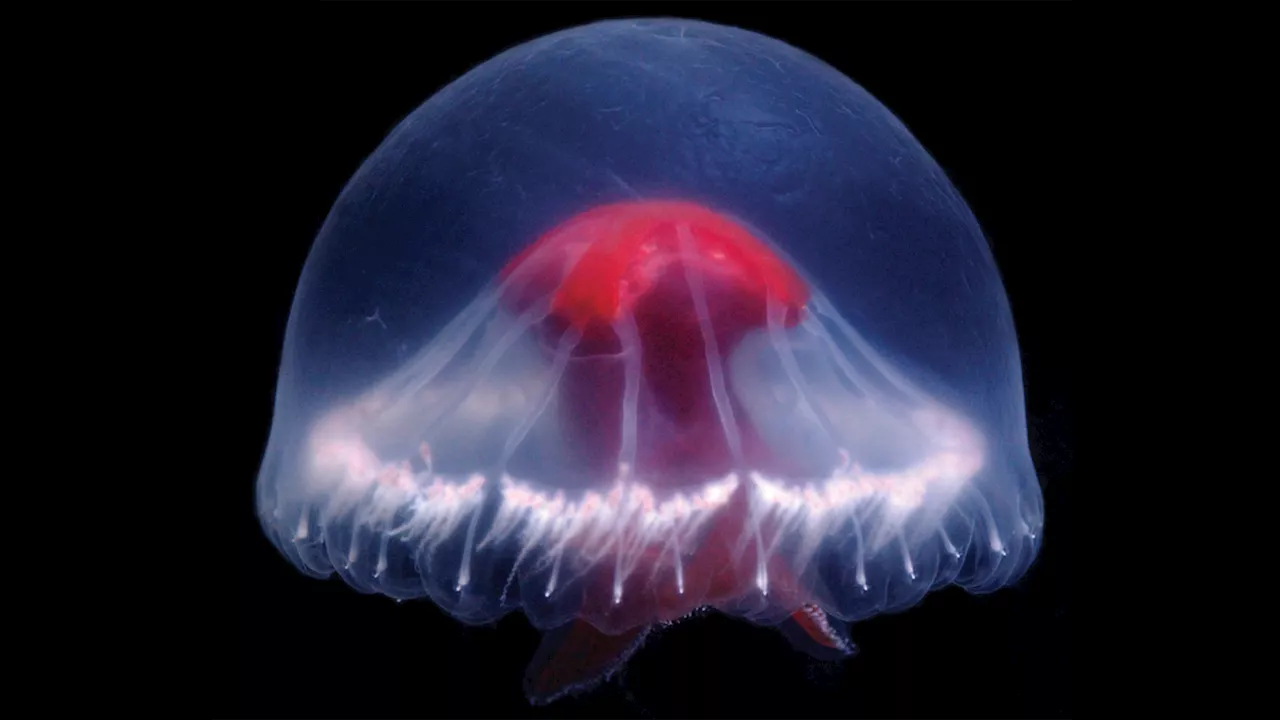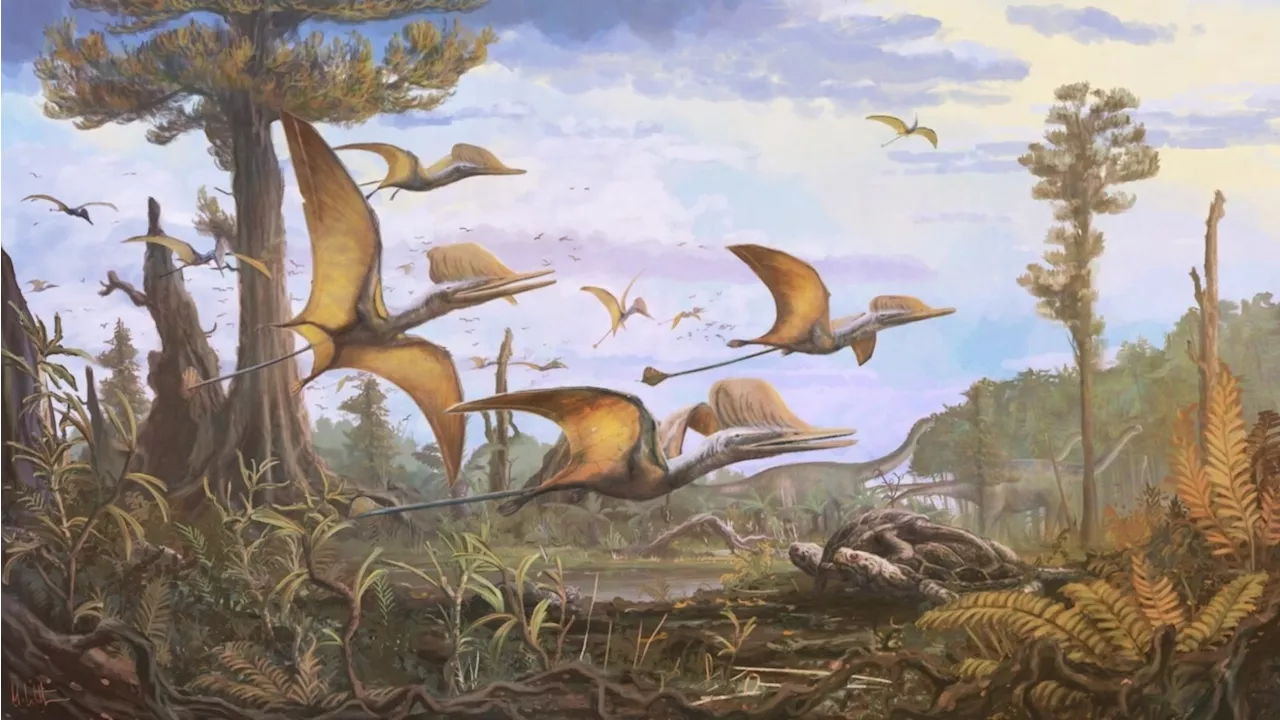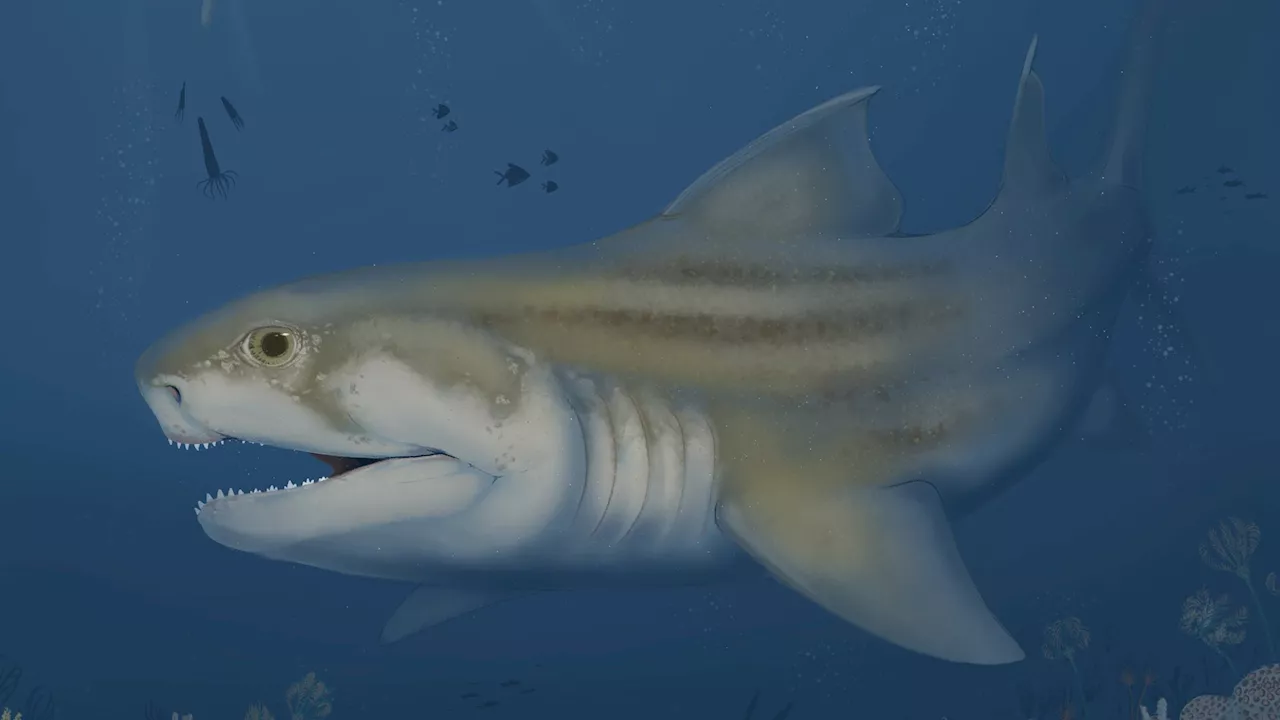In an atomically thin stack of semiconductors, a mechanism unseen in any natural substance causes electrons’ spins to align.
In 1966, the Japanese physicist Yosuke Nagaoka conceived of a type of magnetism produced by a seemingly unnatural dance of electrons within a hypothetical material. Now, a team of physicists has spotted a version of Nagaoka’s predictions playing out within an engineered material only six atoms thick.
For example, in 2018 the physicist Pablo Jarillo-Herrero and his colleagues demonstrated that two-layer stacks of graphene gained the ability to superconduct when they offset the two layers with a twist. Moiré materials have since emerged as a compelling new system in which to study magnetism, slotted in alongside clouds of supercooled atoms and complex materials such as cuprates.
Österreich Neuesten Nachrichten, Österreich Schlagzeilen
Similar News:Sie können auch ähnliche Nachrichten wie diese lesen, die wir aus anderen Nachrichtenquellen gesammelt haben.
 New jellyfish discovered near Japan may contain multitudes of venomLaura is a science news writer, covering a wide variety of subjects, but she is particularly fascinated by all things aquatic, paleontology, nanotechnology, and exploring how science influences daily life. Laura is a proud former resident of the New Jersey shore, a competitive swimmer, and a fierce defender of the Oxford comma.
New jellyfish discovered near Japan may contain multitudes of venomLaura is a science news writer, covering a wide variety of subjects, but she is particularly fascinated by all things aquatic, paleontology, nanotechnology, and exploring how science influences daily life. Laura is a proud former resident of the New Jersey shore, a competitive swimmer, and a fierce defender of the Oxford comma.
Weiterlesen »
 New species of Jurassic pterosaur discovered on the Isle of SkyeA new species of pterosaur from specimens found on the Isle of Skye, Scotland, has been announced.
New species of Jurassic pterosaur discovered on the Isle of SkyeA new species of pterosaur from specimens found on the Isle of Skye, Scotland, has been announced.
Weiterlesen »
 New flying dinosaur skeleton discovered on Isle of Skye in ScotlandThe pterosaur, Ceoptera evansae, lived over 166 million years ago.
New flying dinosaur skeleton discovered on Isle of Skye in ScotlandThe pterosaur, Ceoptera evansae, lived over 166 million years ago.
Weiterlesen »
 Three new ancient shark species discovered in Alabama and KentuckyLaura is a science news writer, covering a wide variety of subjects, but she is particularly fascinated by all things aquatic, paleontology, nanotechnology, and exploring how science influences daily life. Laura is a proud former resident of the New Jersey shore, a competitive swimmer, and a fierce defender of the Oxford comma.
Three new ancient shark species discovered in Alabama and KentuckyLaura is a science news writer, covering a wide variety of subjects, but she is particularly fascinated by all things aquatic, paleontology, nanotechnology, and exploring how science influences daily life. Laura is a proud former resident of the New Jersey shore, a competitive swimmer, and a fierce defender of the Oxford comma.
Weiterlesen »
 Scientists Gain New Insights Into How Small Intestine WorksIt was the ancient Greeks who first divided the 20-foot length of the small intestine into three parts: The duodenum, the jejunum and the ileum.
Scientists Gain New Insights Into How Small Intestine WorksIt was the ancient Greeks who first divided the 20-foot length of the small intestine into three parts: The duodenum, the jejunum and the ileum.
Weiterlesen »
 Scientists Discover New Life-Saving Benefit of Ozempic and SemaglutideScience, Space and Technology News 2024
Scientists Discover New Life-Saving Benefit of Ozempic and SemaglutideScience, Space and Technology News 2024
Weiterlesen »
